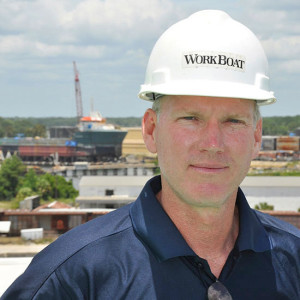The Coast Guard still has work to do before implementing an effective crewing strategy for its National Security Cutters (NSCs), a report by the General Accountability Office said.
The service is in the process of replacing its 12 aging high-endurance cutters with eight NSCs. To improve operational performance of the new vessels over the old, the Coast Guard plans using a crew rotation concept. Rather than the traditional one cutter-one crew that is now in use, additional crews under a rotation system would be created to rotate among NSCs so that the vessel days at sea would increase from 185 to 230. The goal is that fewer NSCs would be needed to replace the high-endurance cutter fleet.
But the GAO says that while the Coast Guard decided in 2006 that the NSCs would use the new concept, CRC testing has been postponed until 2019 - 13 years later than the initial decision to use CRCs. In addition, the service has not yet decided what specific crew configurations it will use to test the CRC.
Meanwhile, in 2012, the Coast Guard began implementing an interim plan to increase the NSC’s operational performance not by rotating crews, but by adding crew members to share the increased workload. “However, the added crew members do not have the skill mix recommended by the 2011 manpower requirements analysis,”the GAO report says. “Without the appropriate crew members with the right skill mix, the NSCs may not be able to complete all mission requirements or required maintenance.”
Coast Guard officials told the GAO that once testing is completed, they would evaluate the results and determine the feasibility of CRC, but this is not expected until 2021, 15 years after first deciding on the concept. CRCs has been used successfully by the Navy since the 1960s.
In addition, the Coast Guard has not fully addressed a number of risks that could affect the success of the rotating crew plan. This would include determining the appropriate number of and skill mix of NSC crew members, incorporating actual NSC maintenance needs when developing maintenance schedule and offering training support for off-cycle rotating crews.
In a previous report, the GAO noted delays in delivery of the first NSC, and said that estimated acquisition costs of the eight cutters had increased by $2.2 billion - from $3.5 billion in 2007 to $4.7 billion in 2014. The first NSC was delivered in 2008, two years late, and as of the end of 2014, three of the planned eight have been finished. All are homeported in Alameda, Calif. The others are in various stages of construction.



